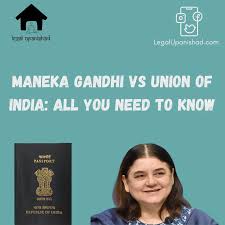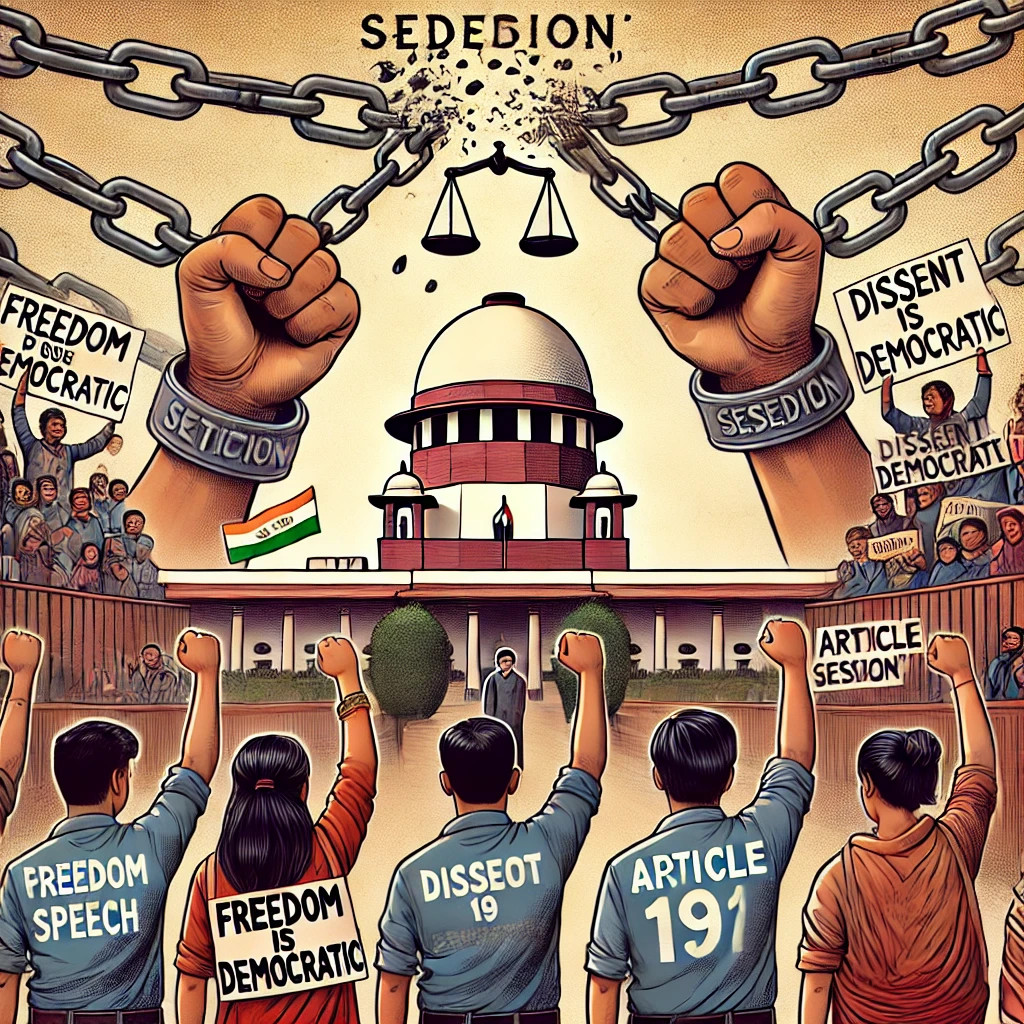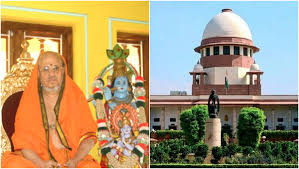S. Tirupathi Rao vs. M. Lingamaiah [July 22, 2024]
Citation: 2024 INSC 544; Supreme Court of India
Background and Facts
The case arose from a long-standing land dispute in Andhra Pradesh involving the State’s claim of title over certain land, allegedly by escheat, against the private ownership asserted by M. Lingamaiah (respondent). The State failed to obtain a decree confirming its title and did not invoke the Andhra Pradesh Escheats and Bona Vacantia Act, 1974. Instead, the State attempted to assert its claim through administrative actions and litigation, including contempt proceedings over the mutation (recording) of land ownership.
A contempt petition was filed by S. Tirupathi Rao (appellant) against Lingamaiah, alleging non-compliance with court orders relating to the mutation of the land. The High Court, in review, recalled an earlier order and dismissed the contempt and related appeals, relying on the argument that the contempt action was not time-barred due to a “continuing wrong.”
Key Legal Issues
Whether a civil contempt petition can be entertained after the limitation period by invoking the doctrine of “continuing wrong.”
The permissible scope of review jurisdiction under Section 114 and Order XLVII Rule 1 of the Code of Civil Procedure (CPC).
The proper application of Section 20 of the Contempt of Courts Act, 1971, which prescribes a one-year limitation for initiating contempt proceedings.
Supreme Court’s Analysis and Findings
Limitation and Continuing Wrong:
The Supreme Court held that civil contempt petitions must be filed within one year of the alleged contempt, as mandated by Section 20 of the Contempt of Courts Act, 1971. The Court rejected the High Court’s acceptance of the “continuing wrong” argument, clarifying that stale claims cannot be revived simply by characterizing them as ongoing breaches. The Court emphasized that mechanically accepting such arguments would defeat the legislative intent behind the limitation provision and undermine the majesty of the court.
Review Jurisdiction:
The Court reiterated that review is not an inherent power and must be exercised strictly within the confines of Section 114 and Order XLVII Rule 1 CPC. A review cannot be granted merely because a decision appears erroneous; it must be based on new and important evidence or an error apparent on the face of the record. The Court found that the High Court exceeded its review jurisdiction by reopening settled issues without satisfying these prerequisites.
State’s Conduct:
The Court noted that the State had pursued inconsistent and unsupported claims of title, failed to initiate proper proceedings under relevant law, and approached the court with unclean hands. The State’s shifting positions and suppression of material facts were criticized, and the Court reaffirmed that such conduct cannot justify the revival of time-barred contempt actions.
Conclusion and Significance
The Supreme Court allowed the appeal, set aside the High Court’s orders upholding the contempt petition, and dismissed the contempt proceedings as barred by limitation.
The judgment clarifies that time-barred civil contempt petitions cannot be revived by invoking the doctrine of continuing wrong, and that review jurisdiction is strictly limited to cases meeting the statutory threshold.
The decision reinforces the importance of finality, certainty, and legislative intent in contempt and review proceedings, and serves as a caution against abuse of process and inconsistent litigation conduct by the State.
In summary: The Supreme Court held that civil contempt petitions filed beyond the statutory limitation cannot be revived by alleging a continuing wrong, and that review jurisdiction must be exercised within strict legal bounds, setting aside the High Court’s orders and dismissing the contempt action as time-barred.






























0 comments